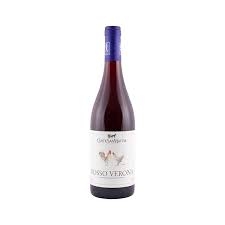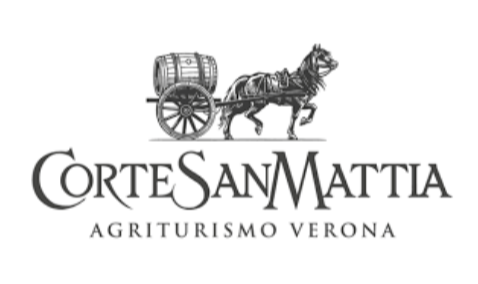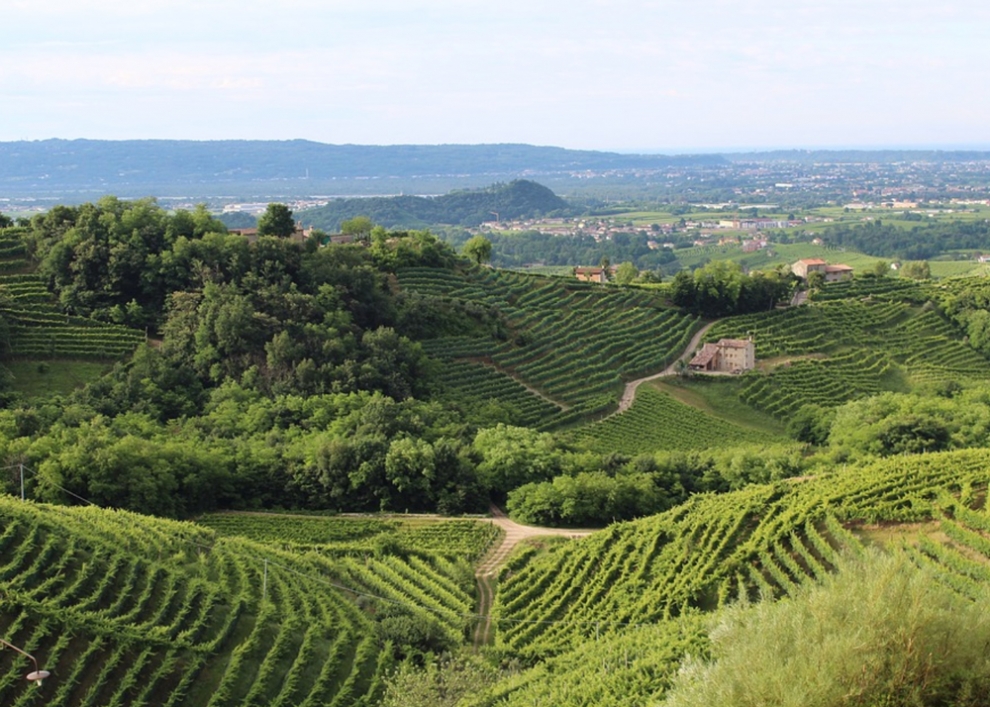Wines
Rosso Veronese igt
San Mattia Rosso is a red wine produced for daily consumption. Like San Mattia Bianco it is light and intriguing, very pleasant, and combines well with various food dishes. This wine is left in the bottle for a year before leaving the cellar because it only develops its particular perfumes in this period, ones which have made me fall in love with it. San Mattia Rosso was my first wine, the first crowning of my efforts.
| Vine species: | Corvina, Corvinone, Rondinella. |
| Soils: | clayey, loamy, calcareous |
| Year planted: | 2005 |
| Altitude: | 220m asl |
| Exposure: | ridge facing south - southwest |
| Cane training system: | Guyot |
| Planting density: | 5700 plants/Ha |
| Temp. of fermentation: | 15°C |
| Maximum aging time: | 6 years |
| Alcoholic content: | 12.0% vol |
| Colour: | light ruby red |
| Aroma (nose): | vegetal hint, Morello cherries, red currant, rose and pink peppercorn |
| Taste: | very fresh, tannic, spicy. Good length. |

Corte San Mattia
Camilla and Giovanni are siblings and business partners.
A few years ago they took over the management of this holiday farm in the outskirts of Verona, which has always been owned by their family.
The farm dates back to 1920, when their grandfather bought it. Since they started managing the Corte San Mattia, the place have made significant changes.
In 2005 Giovanni and Camilla started restructuring vineyards and crops, and in 2009 Corte San Mattia started producing and marketing wine and oil.
In 2016 the winery obtained the organic certification and in 2018 they have built the new winery with annexed rooms.

Veneto
Veneto’s wines are some of Italy’s best known exports – the names of Soave, Bardolino and Valpolicella have long been associated with eminently drinkable Italian wines. Yet there is a lot more to this region, and indeed a lot more behind the names of its best known wines. With 26 DOCs and 13 DOCGs, Venice’s region has a substantial production of quality wine, as well as well-priced easy-drinking reds and whites bottled as IGTs. One of Italy’s most interesting wines is a product of these three grapes, the deep, dark Amarone della Valpolicella, recently promoted to DOCG status. Made from partly dried grapes in the vineyards north of Verona, it is a structured, complex and heady wine capable of great age that has gained a cult following among the wine industry’s elite.
In Treviso, north of Venice, are the towns of Conegliano and Valdobbiadene where the popular bubbly Prosecco is made using the Charmat method where the second fermentation takes place in large tanks.
In 2009 Prosecco di Conegliano e Valdobbiadene has become DOCG, encouraging reduced yields in the vineyards. Prosecco is also produced in the neighbouring Montello e Colli Asolani zone. White wines from Pinot Grigio, Sauvignon and Chardonnay are gaining in popularity and recent versions are responding well to oak ageing.

